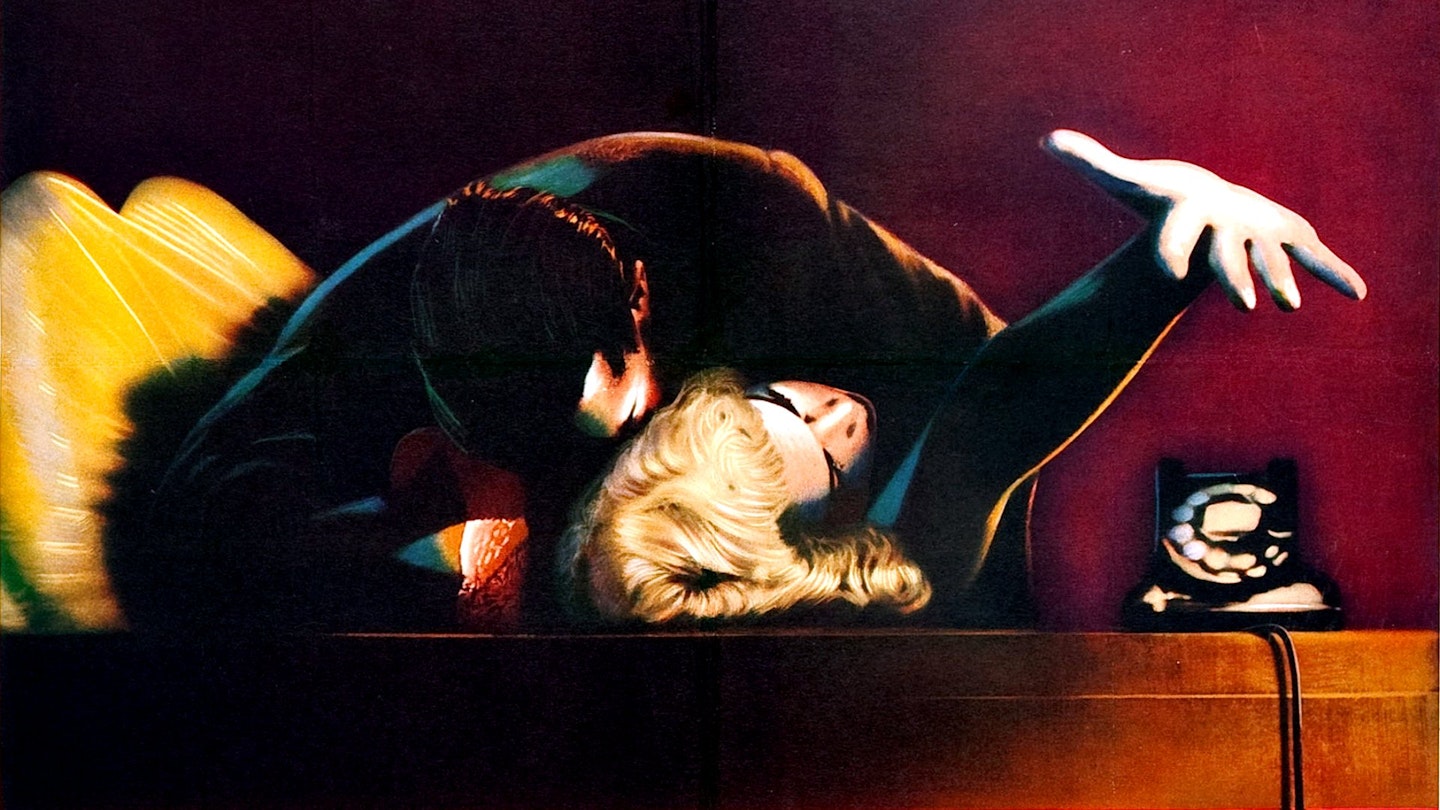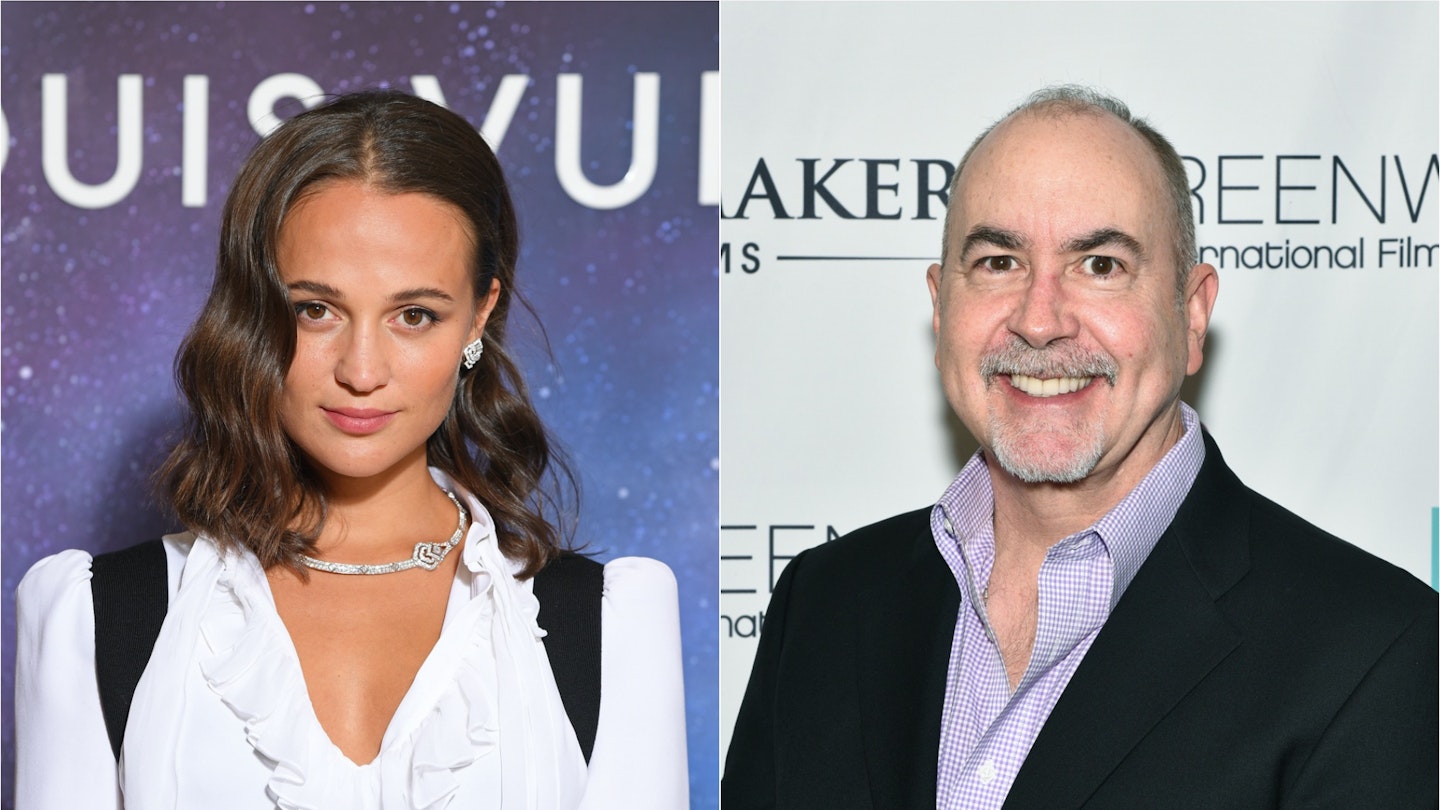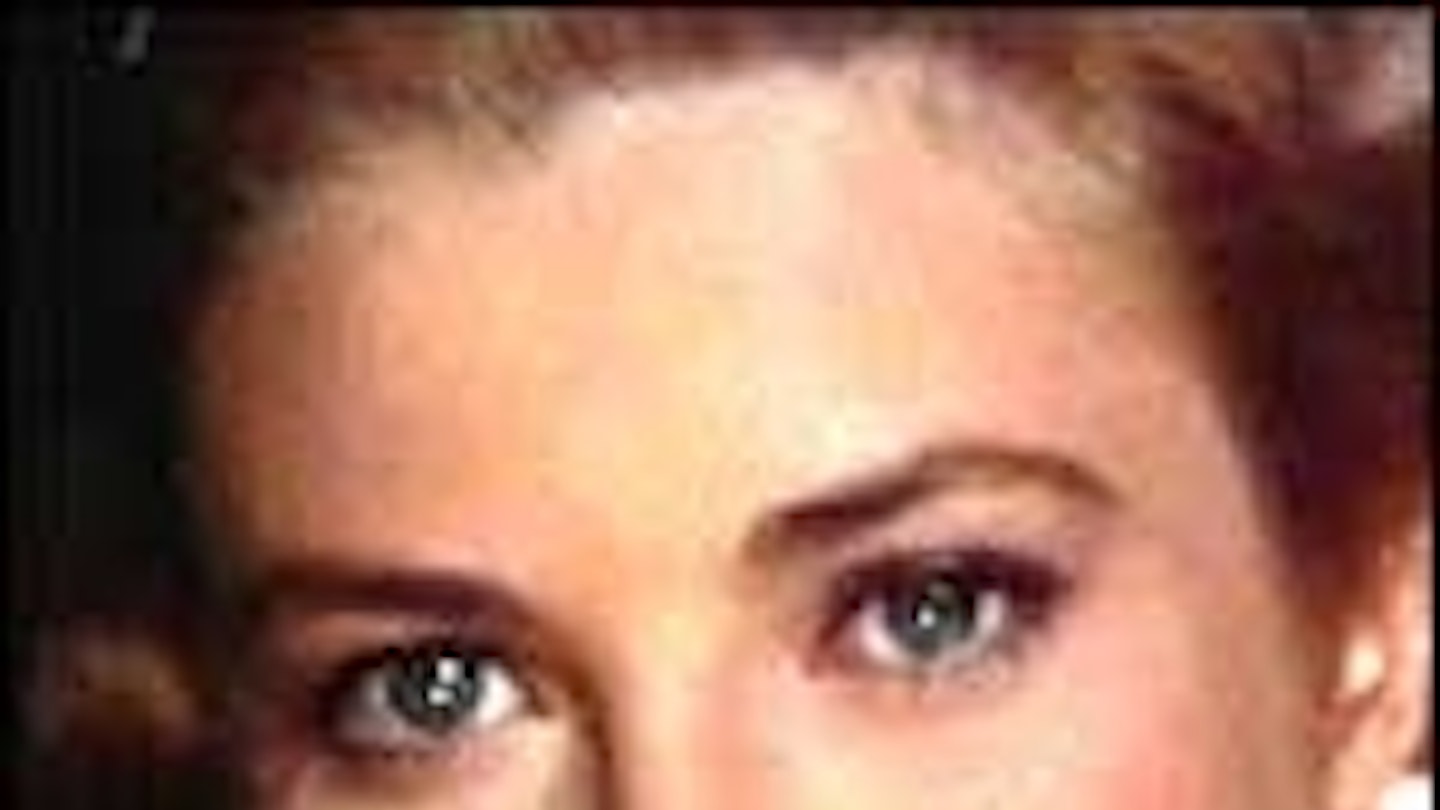Alfred Hitchcock was struggling with a project called The Bramble Bush, a mistaken identity yarn about a crook who steals a murderer's passport, when he agreed to direct Frederick Knott's adaptation of his own stage success. He was never particularly fond of the film. Yet it remains one of his most bleakly amusing and it also reveals a good deal about his approach to film-making.
Knott's play had premiered on the BBC in March 1952 before running for 425 performances in the West End and a further 552 on Broadway. It was a neatly constructed affair, although hardly original, as it bore the influence of both the real-life case of ex-RAF office Neville Heath (who had been executed for the murder of two women) and St John L. Clowes's thriller, Dear Murderer, which had been filmed by Arthur Crabtree with Eric Portman in 1947.
Warners had acquired the rights for £30,000 from Sir Alexander Korda (who had originally paid a mere £1,000 for them) and Hitchcock made few alterations to Knott's screenplay. Indeed, Hitch seemed to be more interested in setting himself technical difficulties than in teasing the audience. As he had demonstrated with Rope (1948) and would do again with his next picture, Rear Window (1954), Hitchcock saw no need to open out the action for the sake of it and relished the chance to play claustrophobic games with the décor of a single set. Such confinement intensified the action and he further heightened it here by his mischievous use of 3D. Whereas most directors settled for hurling a few objects towards the camera to give the viewer a visceral thrill, Hitch used the extra dimension to highlight props and angles and, thus, create a more dislocated atmosphere. He employed colour in a similar way, gradually removing warmer hues to emphasise the chill of reality closing in around Grace Kelly.
Ray Milland oozes suburban malice. But Kelly simpers occasionally as the abused adulteress, while Robert Cummings is blandness personified as her beau. The star turn, however, is John Williams's disarmingly dapper detective.


